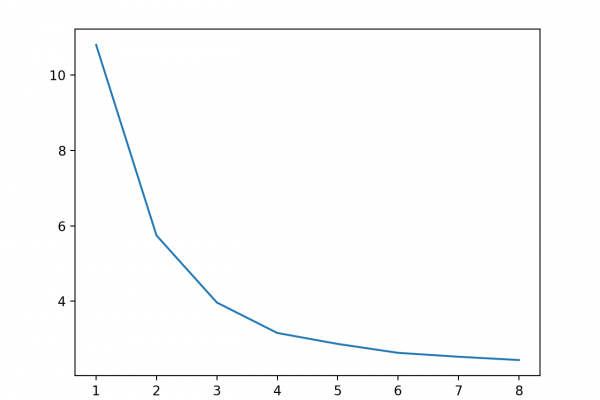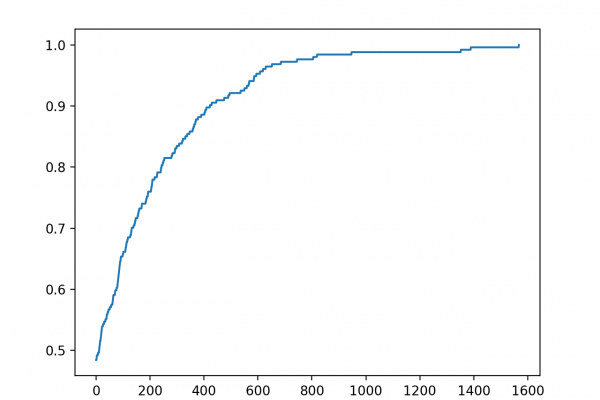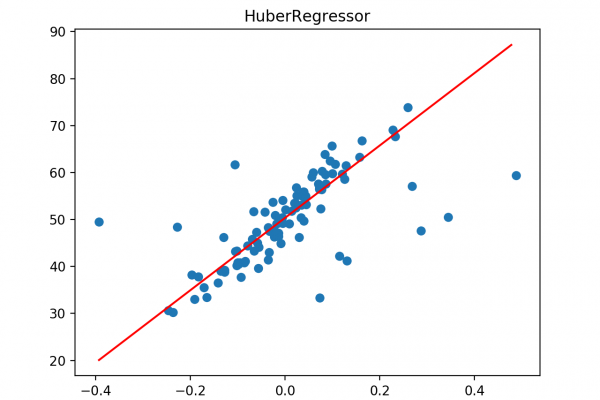Multi-Core Machine Learning in Python With Scikit-Learn
Many computationally expensive tasks for machine learning can be made parallel by splitting the work across multiple CPU cores, referred to as multi-core processing. Common machine learning tasks that can be made parallel include training models like ensembles of decision trees, evaluating models using resampling procedures like k-fold cross-validation, and tuning model hyperparameters, such as grid and random search. Using multiple cores for common machine learning tasks can dramatically decrease the execution time as a factor of the number of […]
Read more








